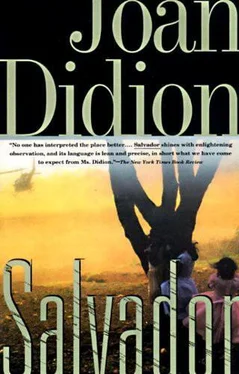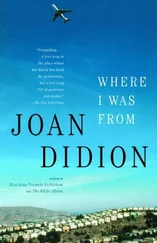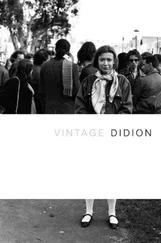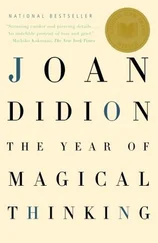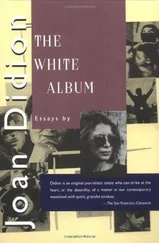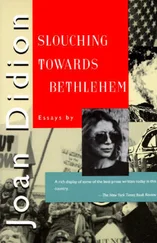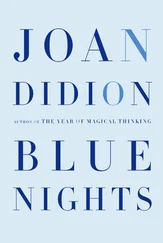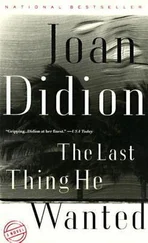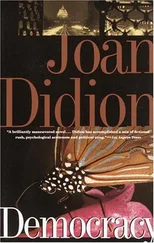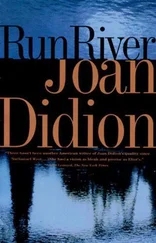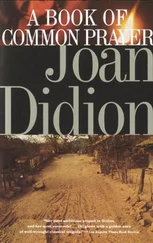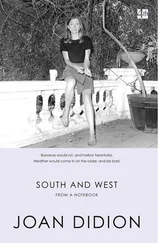She became still more agitated, and I realized that I had spoken as a norteamericana: churches had not been to this woman the neutral ground they had been to me. I must remember: Archbishop Romero killed saying mass in the chapel of the Divine Providence Hospital in San Salvador. I must remember: more than thirty people killed at Archbishop Romero’s funeral in the Metropolitan Cathedral in San Salvador. I must remember: more than twenty people killed before that on the steps of the Metropolitan Cathedral. CBS had filmed it. It had been on television, the bodies jerking, those still alive crawling over the dead as they tried to get out of range. I must understand: the Church was dangerous.
I told her that I understood, that I knew all that, and I did, abstractly, but the specific meaning of the Church she knew eluded me until I was actually there, at the Metropolitan Cathedral in San Salvador, one afternoon when rain sluiced down its corrugated plastic windows and puddled around the supports of the Sony and Phillips billboards near the steps. The effect of the Metropolitan Cathedral is immediate, and entirely literary. This is the cathedral that the late Archbishop Oscar Arnulfo Romero refused to finish, on the premise that the work of the Church took precedence over its display, and the high walls of raw concrete bristle with structural rods, rusting now, staining the concrete, sticking out at wrenched and violent angles. The wiring is exposed. Fluorescent tubes hang askew. The great high altar is backed by warped plyboard. The cross on the altar is of bare incandescent bulbs, but the bulbs, that afternoon, were unlit: there was in fact no light at all on the main altar, no light on the cross, no light on the globe of the world that showed the northern American continent in gray and the southern in white; no light on the dove above the globe, Salvador del Mundo . In this vast brutalist space that was the cathedral, the unlit altar seemed to offer a single ineluctable message: at this time and in this place the light of the world could be construed as out, off, extinguished.
In many ways the Metropolitan Cathedral is an authentic piece of political art, a statement for El Salvador as Guernica was for Spain. It is quite devoid of sentimental relief. There are no decorative or architectural references to familiar parables, in fact no stories at all, not even the Stations of the Cross. On the afternoon I was there the flowers laid on the altar were dead. There were no traces of normal parish activity. The doors were open to the barricaded main steps, and down the steps there was a spill of red paint, lest anyone forget the blood shed there. Here and there on the cheap linoleum inside the cathedral there was what seemed to be actual blood, dried in spots, the kind of spots dropped by a slow hemorrhage, or by a woman who does not know or does not care that she is menstruating.
There were several women in the cathedral during the hour or so I spent there, a young woman with a baby, an older woman in house slippers, a few others, all in black. One of the women walked the aisles as if by compulsion, up and down, across and back, crooning loudly as she walked. Another knelt without moving at the tomb of Archbishop Romero in the right transept. “LOOR A MONSENOR ROMERO,” the crude needlepoint tapestry by the tomb read, “Praise to Monsignor Romero from the Mothers of the Imprisoned, the Disappeared, and the Murdered,” the Comité de Madres y Familiares de Presos, Desaparecidos, y Asesinados Politicos de El Salvador .
The tomb itself was covered with offerings and petitions, notes decorated with motifs cut from greeting cards and cartoons. I recall one with figures cut from a Bugs Bunny strip, and another with a pencil drawing of a baby in a crib. The baby in this drawing seemed to be receiving medication or fluid or blood intravenously, through the IV line shown on its wrist. I studied the notes for a while and then went back and looked again at the unlit altar, and at the red paint on the main steps, from which it was possible to see the guardsmen on the balcony of the National Palace hunching back to avoid the rain. Many Salvadorans are offended by the Metropolitan Cathedral, which is as it should be, because the place remains perhaps the only unambiguous political statement in El Salvador, a metaphorical bomb in the ultimate power station.
“… I had nothing more to do in San Salvador. I had given a lecture on the topic that had occurred to me on the train to Tapachula: Little-known Books by Famous American Authors— Pudd’nhead Wilson, The Devil’s Dictionary, The Wild Palms . I had looked at the university; and no one could explain why there was a mural of Marx, Engels, and Lenin in the university of this right-wing dictatorship.”
— Paul Theroux, The Old Patagonian Express .
The university Paul Theroux visited in San Salvador was the National University of El Salvador. This visit (and, given the context, this extraordinary lecture) took place in the late seventies, a period when the National University was actually open. In 1972 the Molina government had closed it, forcibly, with tanks and artillery and planes, and had kept it closed until 1974. In 1980 the Duarte government again moved troops onto the campus, which then had an enrollment of about 30,000, leaving fifty dead and offices and laboratories systematically smashed. By the time I visited El Salvador a few classes were being held in storefronts around San Salvador, but no one other than an occasional reporter had been allowed to enter the campus since the day the troops came in. Those reporters allowed to look had described walls still splashed with the spray-painted slogans left by the students, floors littered with tangled computer tape and with copies of what the National Guardsmen in charge characterized as subversivo pamphlets, for example a reprint of an article on inherited enzyme deficiency from The New England Journal of Medicine .
In some ways the closing of the National University seemed another of those Salvadoran situations in which no one came out well, and everyone was made to bleed a little, not excluding the National Guardsmen left behind to have their ignorance exposed by gringo reporters. The Jesuit university, UCA, or La Universidad Centroamericana José Simeón Cañas, had emerged as the most important intellectual force in the country, but the Jesuits had been so widely identified with the left that some local scholars would not attend lectures or seminars held on the UCA campus. (Those Jesuits still in El Salvador had in fact been under a categorical threat of death from the White Warriors Union since 1977. The Carter administration forced President Romero to protect the Jesuits, and on the day the killing was to have begun, July 22, 1977, the National Police are said to have sat outside the Jesuit residence in San Salvador on their motorcycles, with UZIs.) In any case UCA could manage an enrollment of only about 5,000. The scientific disciplines, which never had a particularly tenacious hold locally, had largely vanished from local life.
Meanwhile many people spoke of the National University in the present tense, as if it still existed, or as if its closing were a routine event on some long-term academic calendar. I recall talking one day to a former member of the faculty at the National University, a woman who had not seen her office since the morning she noticed the troops massing outside and left it. She lost her books and her research and the uncompleted manuscript of the book she was then writing, but she described this serenely, and seemed to find no immediate contradiction in losing her work to the Ministry of Defense and the work she did later with the Ministry of Education. The campus of the National University is said to be growing over, which is one way contradictions get erased in the tropics.
Читать дальше
